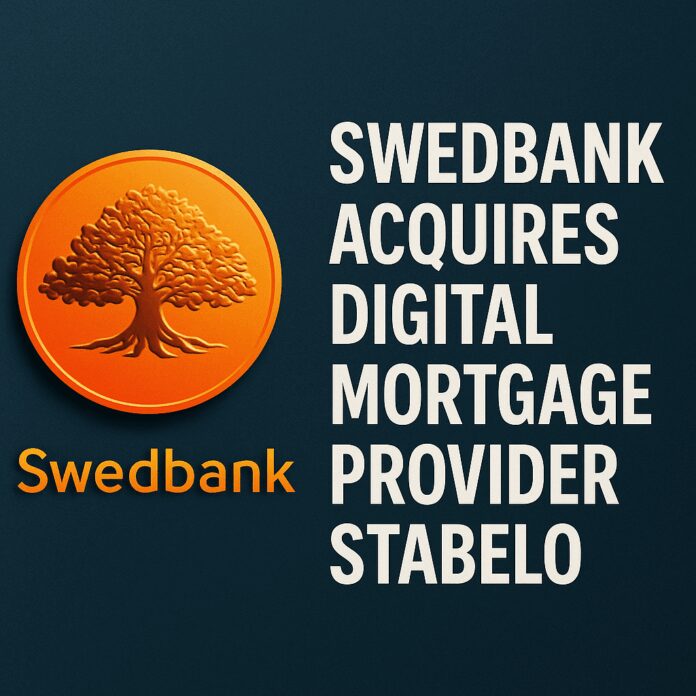Sweden’s banking giant buys the country’s biggest digital mortgage player. Here’s what it signals.
The deal at a glance
Swedbank has agreed to acquire 100% of shares in Stockholm-based Stabelo, Sweden’s leading digital mortgage lender, according to Finextra. Founded in 2016, Stabelo operates an entirely digital, low-cost mortgage platform and manages approximately SEK 50 billion (≈ €4.3 billion) in home loans via a fund-based structure.
Terms of the deal have not been disclosed. Swedbank expects the acquisition to close by Q3 2025, subject to regulatory approvals.
🧭 Strategic motivations: Why now?
Swedbank’s move appears to be driven by a mix of defensive consolidation and digital acceleration:
| Driver | Explanation |
|---|---|
| 🏦 Protect mortgage market share | Sweden’s mortgage market is hyper-competitive. Digital-first challengers like Stabelo have eaten into margins and attracted younger customers. |
| 💻 Acquire digital talent & tech | Stabelo’s fully digital loan origination, risk models and fund-based structure give Swedbank a fast-forward button on internal innovation. |
| 🌍 Sustain ESG alignment | Stabelo offers green mortgage options, aligning with Swedbank’s sustainability goals. |
| 🧾 Regulatory-safe expansion | Rather than building its own fund-based mortgage structure under Swedish law, Swedbank buys one that already works. |
In short: instead of building a digital challenger brand, Swedbank is buying one already thriving in its backyard.
What makes Stabelo different?
Stabelo doesn’t issue loans directly. Instead, it runs a mortgage fund, capitalized by institutions and pension funds, that provides the financing. Homeowners apply via Stabelo’s interface, and the loans are then sold into the fund.
✅ Fully digital
✅ No in-branch paperwork
✅ Transparent pricing
✅ Lower operating costs due to automation
This structure allows tight margins and faster onboarding, especially for refinancing and loan-switching, where legacy banks often lag.
Risks and critical considerations
🟠 1. Integration risk
Digital startups operate lean. Legacy banks like Swedbank may struggle to preserve the speed, UX, and autonomy that made Stabelo successful in the first place.
🔴 2. Fund model scalability
The fund structure gives Stabelo pricing flexibility but relies heavily on capital inflows from third-party investors. In a volatile rate environment, this could limit growth.
🟠 3. Channel conflict
Will Swedbank now compete against its own mortgage advisors by promoting Stabelo’s direct-to-consumer platform? That tension will need strategic clarity.
🔴 4. Regulatory spotlight
Fund-based mortgages remain relatively niche and less transparent than traditional banking loans. As volumes grow, the Swedish Financial Supervisory Authority (FI) may revisit disclosure, pricing, or capital treatment.
Bigger picture: A Nordic banking playbook?
Swedbank is not alone. Across the Nordics, major banks are absorbing fintech threats rather than fighting them:
- Danske Bank acquired mobile bank June in 2024
- Nordea launched an embedded credit platform via startup acquisition
- SEB has backed fintech incubators to drive internal digitization
But the Stabelo acquisition goes a step further: it’s not a tuck-in or a tech stack purchase—it’s a full bet on a parallel mortgage model.
Bottom line
Swedbank’s acquisition of Stabelo is a bold but calculated pivot. It signals a willingness to adopt challenger strategies—but doing so brings cultural, operational, and strategic risks.
The key question: Can a legacy bank run a fintech-native mortgage brand without killing what made it work?
If yes, this could become a blueprint for retail banking M&A in Europe. If not, it may be remembered as another case of “innovate by acquisition — then stall in integration.”




